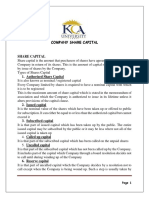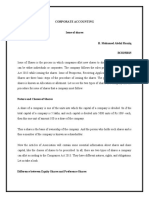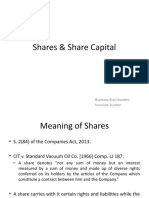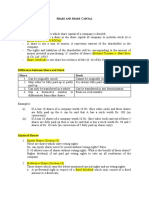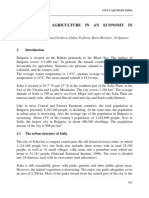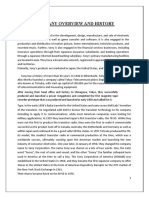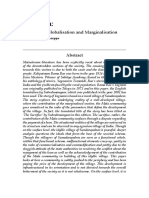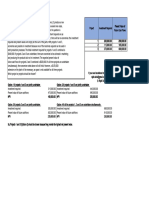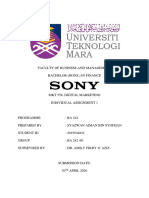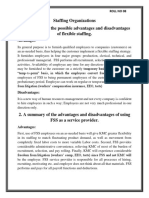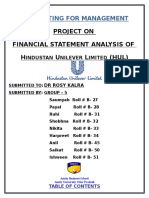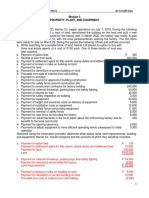0% found this document useful (0 votes)
33 views2 pagesUnderstanding Shares & Shareholder Rights
llm notes
Uploaded by
rkswainadv777Copyright
© © All Rights Reserved
We take content rights seriously. If you suspect this is your content, claim it here.
Available Formats
Download as DOCX, PDF, TXT or read online on Scribd
0% found this document useful (0 votes)
33 views2 pagesUnderstanding Shares & Shareholder Rights
llm notes
Uploaded by
rkswainadv777Copyright
© © All Rights Reserved
We take content rights seriously. If you suspect this is your content, claim it here.
Available Formats
Download as DOCX, PDF, TXT or read online on Scribd
/ 2























